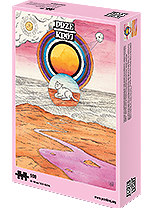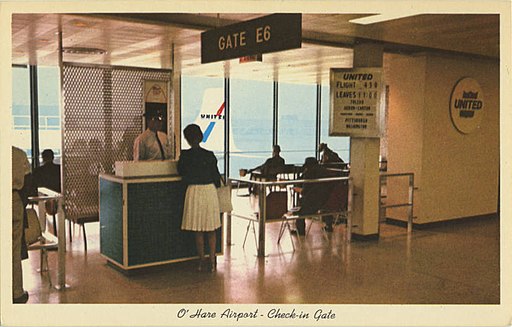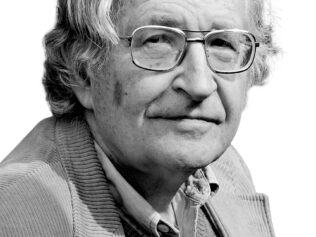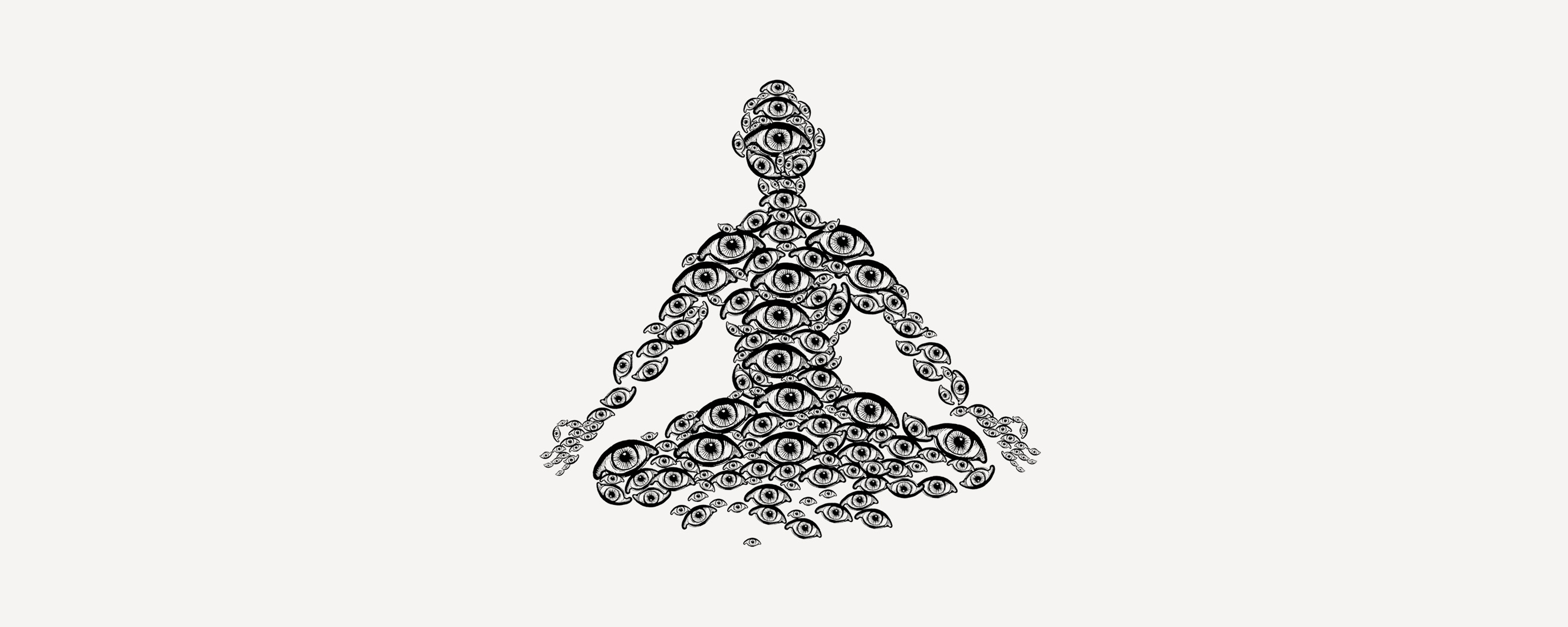
Two images resurface in my memory. One is a paradise lost, the other its polar opposite.
To Kuba Wojnarowski, my partner in childhood explorations
The Glass Place
The way to the Glass Place takes you through a wood. Overhead, shafts of sunlight pierce filigree holes in the dense canopy of branches. Your feet tread on moss, leaves and dry twigs. Decaying tree trunks, lilies-of-the-valley, tree bark, ferns and wild raspberry bushes exude a heady aroma. Naked slugs are crawling along, headed for their unknowable destinations. The crows and the sparrows look somehow different than their town brethren, perching tamely on fences and electricity poles. The large grasshoppers are like creatures from a remote dimension that defy terrestrial gravity and geometry. There are wasps buzzing about, their painful sting a more potent threat than the feeble needle-prick of a mosquito bite. The oddly faint hum of a car passing by on a nearby road briefly joins the creaking, buzzing and chirping noises. A neighbour’s muffled voice floats past, followed by the sound of some kid’s bike horn.
This is the world that myself and my cousin Kuba used to explore almost every day. It must have been the summer of 1984 or 1985. I would have been around seven at the time, spending a large chunk of every summer holiday in my native Podkowa Leśna, a garden town some 24 kilometres south-west of Warsaw. The place now seems like a paradise lost – a golden realm of slow, measured rhythms, very unlike the hurried heartbeat of Warsaw, where things were made of concrete, and everything still seemed alien to my then-seven-year-old self.
Every time I went back to Podkowa Leśna, it was like a missing tile snapped back into a mosaic: I was once more an organic part of the local geography.
Significantly, the town’s name actually means ‘Woodland Horseshoe’ in Polish. To me, it had two faces. One was comfortingly familiar: a leafy town with streets, lamps and fences, manicured and made fit for human habitation. The other, true to its name, was quite literally that of a woodland creature: unnerving, governed by forces indifferent to human affairs. The Glass Place lay at the intersection, where the two domains merged to a point of indistinguishability. The result was like one of those images where two different faces are run through a photo app to produce a third – plausible, but quite distinct from either. It was the uncanny in a pure form, almost like something out of Freud; a familiar thing that also felt astonishingly alien and strange. A stubbornly non-conformist place, warped out of alignment with the world.
When did first we stumble upon the Glass Place? I have no idea. All I remember is an ivy-shrouded ruin. Dark-green mosses, concrete floors, broken window panes, a flight of cracked stairs leading to a dark cellar we never dared explore. I recall the oppressive sense of past presence / present absence hanging in the air. My seven-year-old mind was able to grasp the fact that someone had once been bustling around that place, now disfigured by time. Someone had once used the broken things now lying in a jumble, all piled up against the walls.
Among those piles, nothing was stranger than the profusion of pieces of coloured glass. There were masses of them, perfectly polished pieces of all shapes and colours: green, orange, red, blue, brown, purple, pink… It was pure magic, at least so it seemed to us. They were perfectly useless, which was actually part of the magic. All we could do with them was tint the world around us by holding them up to our eyes.
Looking back, I’m struggling to find an explanation. What was that place, so dislocated from the usual trajectories of reality; struck off the registers, hanging on for dear life, with decay pressing in from all directions? Finally, I call my relatives in the town to find out. The answer makes instant sense: but of course, it was a disused greenhouse! A neighbour had apparently built it in the 1980s to grow vegetables in; the cellar was used for growing button mushrooms. The coloured pieces of glass, though, are a mystery. What were they for? Kuba and I spend some minutes swapping conjectures, but none make any sense.
The bardo of domestic air travel
Fast forward to March 2018. I’m at the domestic terminal of one of Chicago’s airports, waiting to catch a flight to Tucson, Arizona, where I’ll be meeting Noam Chomsky for an interview. I’ve heard that domestic flights in America are not unlike long-distance coaches in Poland. With their constant stream of arrivals and departures, the terminals apparently look for all the world like modern coach stations. Reportedly, over two million people travel this way on any given day. I’m told to expect a similarly mundane atmosphere on board, with none of the glamour that still clings on to intercontinental flights.
Still, personal experience is different from reading or hearsay. I’m taking in the dreary silver-grey of the walls and floors, the worn security booths, the desolate self-check-in kiosks, the flimsy airline customer service desks that look like they’ve been fashioned out of cardboard. Multicoloured screens blink every time the departure times or the gate numbers change. Every now and again, a droning announcement is delivered in metallic tones.
And then there are the crowds – a river of people flowing steadily in its silver-grey banks. Occasionally, the river follows a bend or forms a spontaneous estuary before splitting into a dozen streams that reach the small exit doors and dissolve into the airy expanse outside.
To travel here is to become one with the river. You turn into a drop of water, joining the others to form a great current. We have all been yanked out of our daily lives, and now we’re suspended between worlds, immobilized in the nondescript realm between the past and the future, the starting point and the destination. It’s like the bardo in the Tibetan Book of the Dead, a state of hovering between death and rebirth (or maybe between one life and another).
Until we travel again.
Places and non-places
Those two images come to my mind as I’m reading Non-Places: Introduction to an Anthropology of Supermodernity. This elegantly succinct essay by the French anthropologist Marc Augé builds on the distinction between places (like the Glass Place) and non-places (like the terminal). What sets those two categories apart is personal involvement – an emotional connection to one’s surroundings, or a lack thereof. Augé believes that the number of non-places is on the rise.
A place is where we feel grounded. A place has a history, a certain vibe, what the Romans used to call a genius loci or a tutelary spirit: something unique that makes it distinctive. Books, films, paintings – all art, probably – contain images and descriptions of these sorts of spaces. The moment you step into a place, a memorable experience forms and becomes an inseparable part of your inner landscape.
“I described it to myself as part and parcel of the city’s behaviour, completely in keeping with everything that had gone before, and everything that would follow it.” This is how the narrator of Justine, a 1957 novel by Lawrence Durrell, thinks about his life, love, and possibly his own impending demise in the city of Alexandria. One would be hard-pressed to come up with a pithier formulation of the way a place can influence any person who comes into its orbit.
Non-places are the reverse of that. They are spaces without qualities; transitional points where we’re all identical and disengaged, decoupled from our own lives and from the space we happen to be occupying. Airports are perfect examples, but so are superstores, highways, large hotels, television and radio studios, large waiting areas. The internet (formless, non-dimensional, filled with infinite information) is similarly a kind of non-place. So are TV couches, come to think of it, in how they swamp a viewer’s individuality with a torrent of sound and colourful imagery.
Non-places are a challenge to human experience. They elide categories like proximity and distance, past and future, and by doing so they suspend natural experience. Several thousand kilometres can now be covered in 10 hours. I was in Warsaw yesterday, I’m in Chicago now, I’ll be in Arizona in a few hours – how can ‘distance’ mean anything anymore? You’re driving down a highway and the landscape stays the same for hundreds of kilometres, with nothing but a series of identical roadside signs to indicate the shrinking distance from your destination. Your rational mind can take in the numerical data, but your other cognitive functions are trapped in the non-space and non-time of that experience. The human senses, such as timing or spatial orientation, hinge on the perception of change. But nothing ever changes in our uniform non-places.
In search of a soul
James Hillman, a recently-deceased American psychologist and philosopher, also wrote perceptively about those peculiar states, raising essentially the same point as Augé, though in different words. Hillman invoked the ancient concept of the anima mundi, or ‘the world soul’, which he used to discuss the richness and profundity of unique places shaped by the love and engagement of generations, as opposed to our mass-produced, utilitarian pseudo-spaces.
Hillman traced the origins of that process to a time long before the technological revolution. In order to understand our relationship with the world, he argued, we need to consider two fundamental cultural forces that helped define the Western understanding and experience of the world and the self, namely Christianity and the philosophy of Descartes. Christianity suggests that only human beings have souls, and grants people the right to exploit the world. Descartes, on the other hand, reduces the soul (or inner life generally) to its rational core, the famous cogito: the act of thinking, which offers proof of existence. To Descartes, everything else is ‘substance’, lifeless matter.
Hillman was far from trotting out any archaic notions about the cosmos being some kind of colossal living thing, or viewing its movements and activities as decipherable signs open to interpretation. His fundamental point was that we should rely more on our aesthetic sense, now lost from too much exposure to non-places (among other things).
In his work as a therapist, Hillman often focused on people’s immediate environment – the landscapes, the furniture, the everyday objects in one’s life. Could it be the case, he wondered, that our soulless, ugly surroundings somehow project a sense of rage, despair or emptiness onto a person? The notion was obviously metaphorical, drawing attention to the unique and intimate connection between people and places, and the special role landscapes play in producing a sense of belonging.
Now, wouldn’t that be nice in a therapy session? Instead of talking about your parents or childhood traumas, let’s have a chat about your earliest memories of travel and exploration; your most memorable sights, the places you wish to revisit. No rummaging through emotions, let’s look instead at your personal aesthetic. What can you tell me about your bedroom? Your house? Your city, or the landscape around it…?
Off the map
“When human fulfilment is measured out in air miles,” writes Alastair Bonnett, a British sociologist, writer and traveller, “[…] wanting to think about place can seem a little perverse. Yet placelessness is neither intellectually nor emotionally satisfying. […] Place is a protean and fundamental aspect of what it is to be human. We are a place-making and place-loving species.”
Bonnett seems to be putting his finger on the source of our nostalgia for places. We are missing that which simply cannot be contained by the flat, uniform aesthetic of utilitarian spaces where we operate on a daily basis. The quotation is from Off the Map, Bonnett’s recent book that describes places not found in any authorized topography or official register. Bonnett shows us that even in this world – as pervasively catalogued, photographed, structured, described as it is – some spots still retain the power to dent our sense of familiarity and certitude. These include things like a new island emerging from the sea and then sinking back without a trace, missing inhabitants of lost colonies, underground labyrinths, towns existing outside of any administrative jurisdiction, extraterritorial exclaves, mysterious gardens, and a one-man state on an abandoned sea platform…
And yet, Bonnett’s book is not so much about geography as it is about the emergence of identity. A place is far more than a point in space, an area on a map. A place is also a mode of being, a unique perspective on things that profoundly affects our experience and our sense of self.
We could distil the ideas of Bonnett, Augé and Hillman to conclude that our nostalgia for places is fundamentally a longing to be initiated into the essential aspects of life that cannot be attained in any other way. The alienation we experience in non-places is not aesthetic, or even social; it’s primarily existential. As we abandon our emotional attachment to places, we disregard the need for rootedness that’s inherent in our species, and we consign ourselves to a painful and unnatural banishment.
It’s hard not to agree with these three thinkers. Non-places, non-time, non-space all encroach inexorably on our lives, robbing us of the gifts of rootedness. Notable among those gifts is the network of communication tools that past generations had developed to grasp and handle the epic inconvenience of being born into this world. A place gives you a sense of belonging and community – itself a healing experience.
Could the swelling tide of non-places be one reason behind the rising popularity of the extreme right, with its dangerous, unattainable promise of returning to the archaic world of tribal identities? Can we attribute it to our sense of uprootedness, deracination, uniformity, anonymity and insignificance that plagues us in our big, ugly, homogeneous housing estates, our industrial-looking schools, our cookie-cutter towns? In a world like this, any aesthetic or rhetoric that appeals to tradition, that promises to connect us to the soil and the flag, to ancestral blood and kinship, must be powerfully attractive. Before World War II, the eminent Romanian philosopher Emil Cioran had been involved in the fascist Iron Guard; in his later writings he attributed that infamous episode in his life to a keen sense of tedium and powerlessness. We might as well say he was describing the pervasive experience of non-places, an experience we share today.
And if that is actually the case, one possible policy response might be to invest in more humane landscapes and buildings, and to create places that don’t turn us into so many insignificant drops in a vast river of nameless humanity.
In fact, this might not even require any colossal infrastructure programmes. We could do worse than start from modest beginnings. We might perhaps simply cherish the memory of a unique place that once mattered to us, and revisit the emotions it once inspired.
To me, that would be the Glass Place.
What about you?
I used the following books:
Marc Augé. Non-Places: An Introduction to Anthropology of Supermodernity. Polish translation by Roman Chymkowski. Warsaw: PWN, 2012.
Alastair Bonnett. Off the Map. Polish translation by Jacek Żuławnik. Warsaw: PWN, 2018.
James Hillman. City and Soul (James Hillman Uniform Edition, vol. 2). Dallas: Spring Publications, 2006.
Lawrence Durrell. The Alexandria Quartet. Polish translation by Maria Skibniewska.







